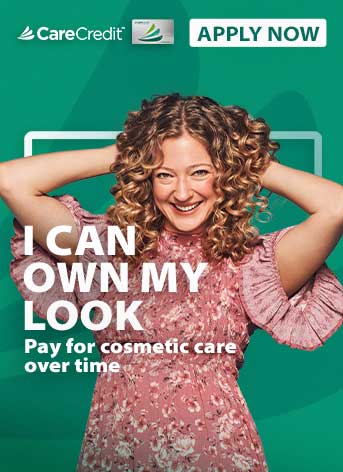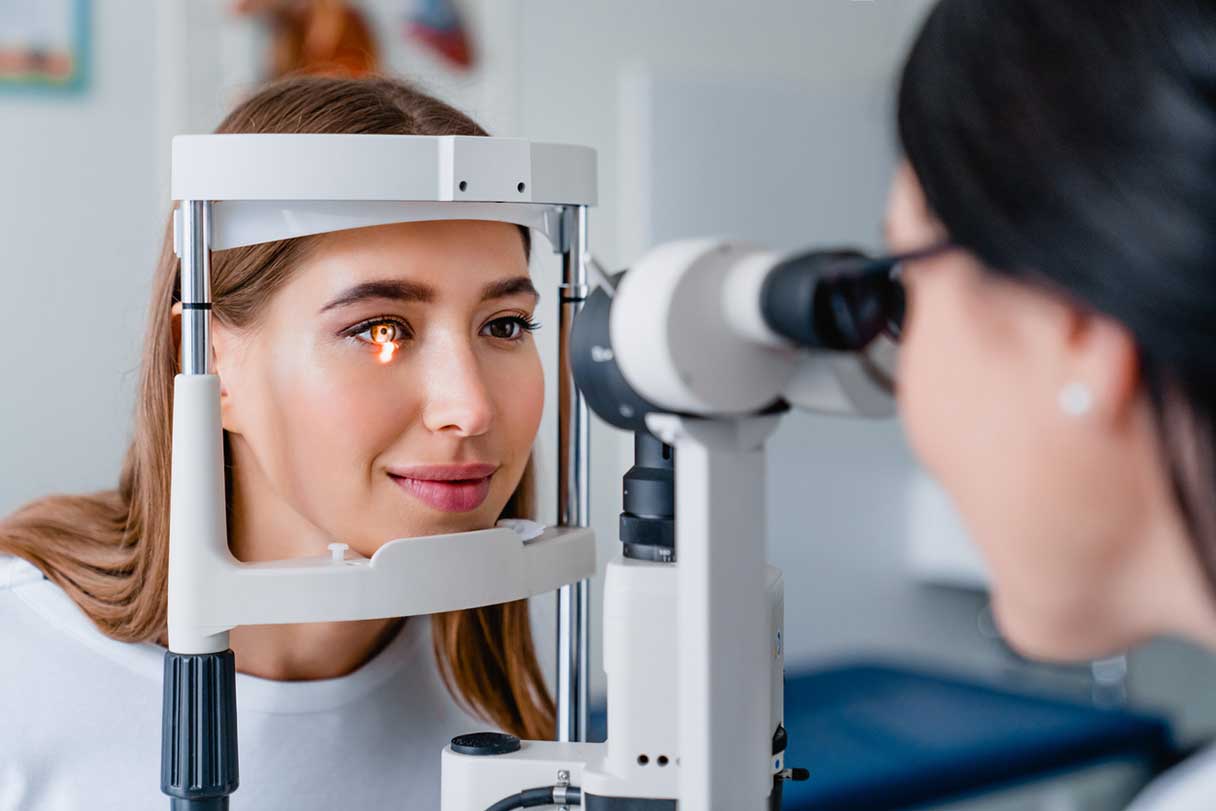What is Botox?
Botox is basically a muscle relaxant. On the face, the most common area to use it is on your crow's feet and between the eyebrows (often called your "number elevens.") By relaxing the muscle, you can make the wrinkle go away, giving a more youthful, well-rested look.
In fact, the term Botox is often used generically, like the word Kleenex for tissue paper. There are other brands with FDA approval. Currently, we use three brands that we consider a neurotoxin or muscle relaxant: Botox® is one and another is Xeomin®. The third, that's very recently entered the market, is called Jeuveau®.
Who Should and Shouldn't Get Botox?
It used to be that if you have a visible wrinkle, you'd use Botox to relieve that. Lately, we've been seeing younger patients come in seeking a preventive measure before the wrinkle shows up. Ten years ago, my practice was about 95% female and 5% male. In the last few years, we've seen a steady increase in male patients too.
In general, anybody who seeks to have their wrinkles reduced would potentially be a good candidate for Botox.
As for who shouldn't get Botox: we refrain from treating women who are pregnant or breastfeeding, anyone with a known allergy, or someone with a significant autoimmune disorder or disease that contraindicates Botox.
What Should a Patient Look for in a Doctor?
The key is experience. Make sure the physicians doing your injection are well-trained and have a thorough knowledge of anatomy. With Botox, you're trying to inject—for the most part—into muscle. So the doctors need intimate knowledge of how all the muscles relate to each other.
Like a lot of medication, if you use it properly, Botox can do wonders. But if you abuse it and don't use it properly, then it can be potentially harmful. So it's critical you have the right people doing the treatment.
How is Botox Performed?
Botox takes about three to five minutes. Whichever area I'm planning to inject, I'll have the patient hold an ice pack on it for about 20 to 30 seconds. That often takes the edge off the needle. Then I just tell them to sit, relax, and let me do the work. Before you know it—just a couple of minutes later—it's all done.
What Are the Most Common Side Effects? Are There Any Long-Term Risks?
About 5% of patients will get a mild headache and about 0.5% of patients may feel like they have a mild flu or cold. Both are self-limiting and typically go away after a couple of days without any additional treatment.
As for long-term risks, Botox has been around much longer than the approximately 20 years that it's been used for aesthetic reasons. It's been used for medical reasons to treat muscle spasms for 40 to 50 years and beyond. It has a long, proven history of safety. As long as you let the medication wear off, the muscle typically will return to its normal activity. The bottom line is you want to use it properly, with the proper dosing, proper injection technique, and proper spacing.
Is There a Risk of Losing Facial Expressions?
Botox is just a muscle relaxant. If you inject Botox into every facial muscle, you're guaranteed to have a "frozen face." But that should not be our goal. We can adjust the dosage or the location of the injection so it allows for muscle movement.
One of the tricks we use is treating only one or two areas. Then the patient will come back in a month or two and treat another area. The area we originally treated is regaining some of the muscle activity. So we don't treat the entire upper face in one setting. That will eliminate the risk of a frozen face.
What Should Patients Expect After Treatment?
Most of my patients can go right back to work. We don't expect any significant swelling. If there is significant discomfort or swelling, we'd have them come right back because that's unusual.
Botox has clearly proven to be very safe. I tell my patients they might not want to go to the gym immediately, but in a few hours, if they want to exercise, they can. And they don't need to sleep flat on a bed; they should be able to sleep however they want.
I also tell them that Botox reaches its full effect in about a week to two. We invite our patients back about two to three weeks after the injection so we can assess the effect of the Botox and make adjustments as needed.
How Long Does Botox Typically Last?
A typical duration of Botox should be about three to six months. It depends on the dosage, and there's a lot of individual variation.
The key is to communicate with your physicians to make the proper adjustments. This is how we adjust any medication. We adjust blood pressure pills based on the patient's response. We adjust diabetes medication based on the patient's response. Similarly, we adjust Botox dosage and injections based on the patient's response.
How Much Does Botox Cost? Is It Covered by Insurance?
Botox is never covered by insurance for cosmetic purposes. If we use it for medical reasons, then it will be covered. But in terms of strictly aesthetic use, it's not. But it's still fairly affordable. If done properly, it can last several months and you probably need to just touch it up a couple of times a year. For any particular area, you're probably looking at maybe $500 or $600 over the course of a year.
I always tell my patients that they should budget for it like everything else in life. In fact, we're seeing more patients come in with their CareCredit credit cards for each treatment.
Financing for Botox with the CareCredit Credit Card
Are you ready to revitalize your appearance with a simple treatment like Botox? The CareCredit credit card makes it easy to pay for Botox and related expenses not covered by health insurance.** Apply today and use our Acceptance Locator to find a doctor or cosmetic surgeon near you that accepts CareCredit. Continue your wellness journey by downloading the CareCredit Mobile App to manage your CareCredit account, find a provider on the go, and easily access the Well U hub for more great articles, podcasts, and videos.
Author Bio
Stephanie Dwilson specializes in science journalism, breaking news, and animal health. She's a business owner, non-practicing attorney, and writer.
Meet the Expert
Dr. Stewart Wang is a board-certified plastic surgeon and the medical director of Wang Plastic Surgery and Med Spa in Upland, California. He's a member of the American Society of Plastic Surgeons, the American Society for Aesthetic Plastic Surgery, and the International Society of Aesthetic Plastic Surgery. Throughout the years, his expertise has been recognized with awards, presentations, and appearances on radio and TV.










